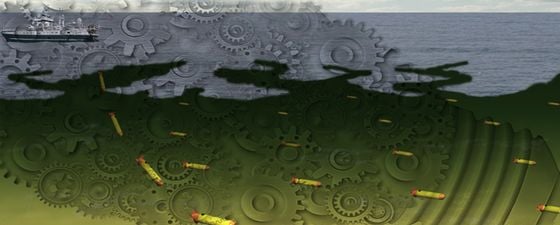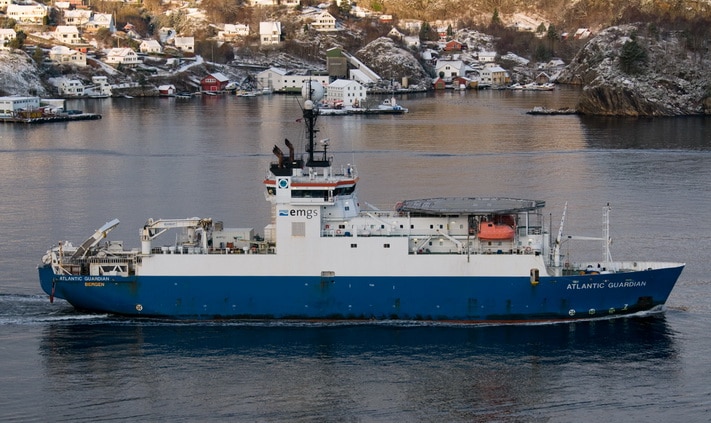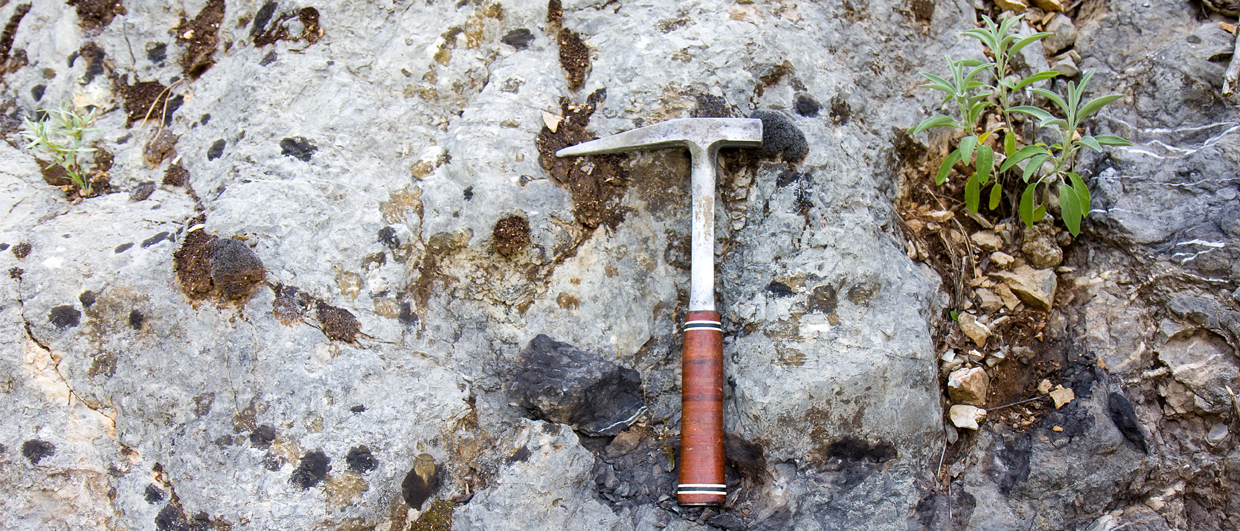As the oil price continues bouncing around the $45 mark, and it feels as though it is impossible to tighten belts any further, one word has come to represent the way ahead: innovation.
At the forefront of technology, a number of companies have been investigating underwater drones and other autonomous marine vehicles. Fleets of seismic nodes, programmed to find their individual location, will soon become a standard tool throughout the E&P cycle. Swimming and gliding through the water, or crawling on the seabed, their uses are many, from shooting seismic in novel layouts in order to illuminate subsurface structures, to monitoring life-of-field production and investigating environmental changes. Recent huge strides in battery development are enabling these autonomous vehicles to continue working for long periods of time.
Autonomously steered seabed nodes.
New acquisition techniques are being complemented by innovative ways of making more of seismic through processing, not just data newly acquired though the most modern broadband multi-azimuth techniques, but also to look at vintage seismic with new eyes and understanding. Seismic analysis, combined through advanced modeling with electromagnetic and other geophysical methods, is attempting to achieve the near impossible: to find more with less. Exploration is not the only focus; with global recovery rates stuck at about 35%, novel ways of increasing productivity without increasing costs are needed.
Innovation is being encouraged in many different ways. Scottish universities, for example, are offering a new research MSc specifically for oil and gas innovation, 75% of which is based on working on a project which will advance the industry. Awards are being given at major conferences for the best innovation or technology, again judged on how they benefit the business. The UK O&G Authority ran an exploration license ‘competition’ to encourage geoscientists and engineers to develop innovative interpretations and products which will stimulate offshore oil and gas exploration activity.
In a traditionally risk-averse industry there is a natural reluctance to change but, looking ahead, this emphasis on innovation, with the implication that any new technologies and methodologies must also be very cost-effective, should reap high rewards. We will ultimately have not just a leaner and more productive industry, it will also be more forward-thinking. There’s a positive side to low prices: it’s not all bad news





